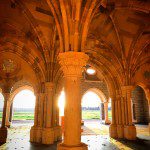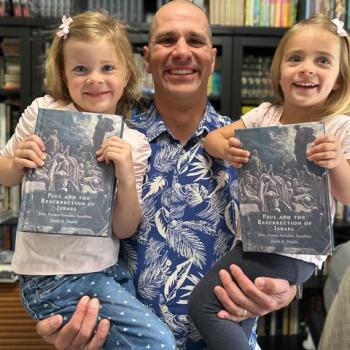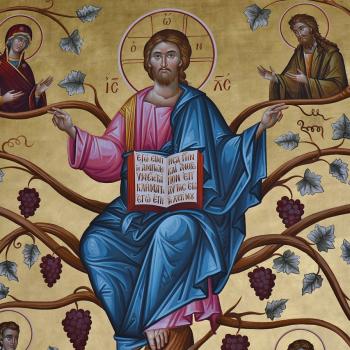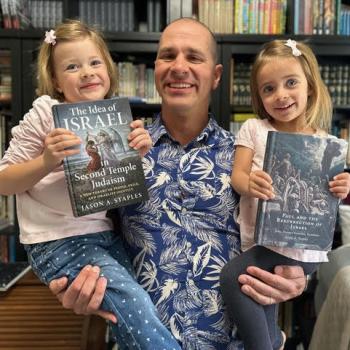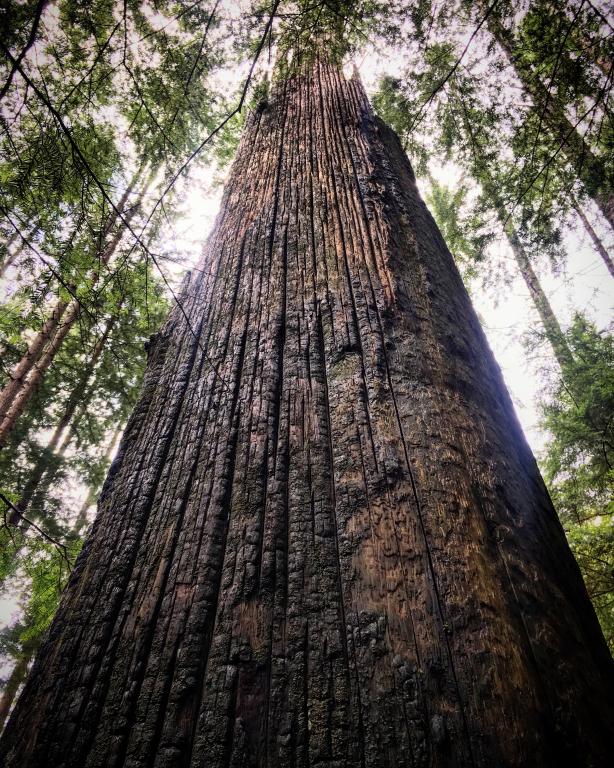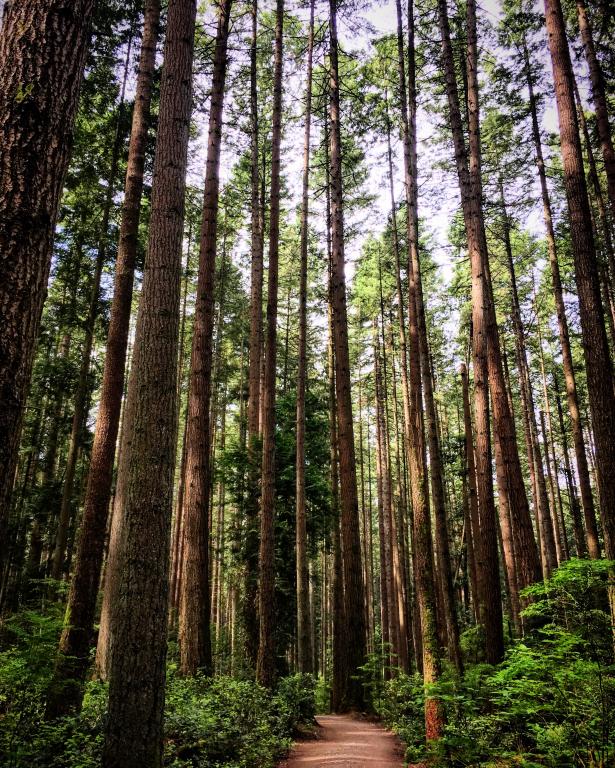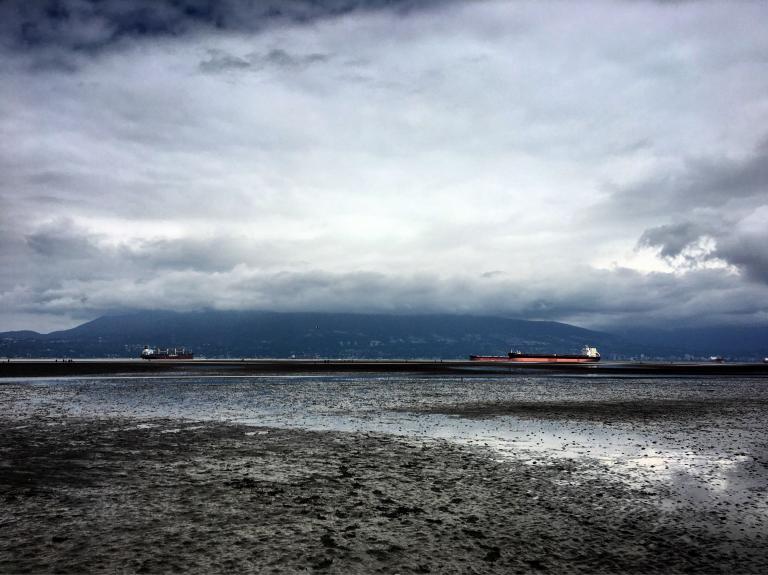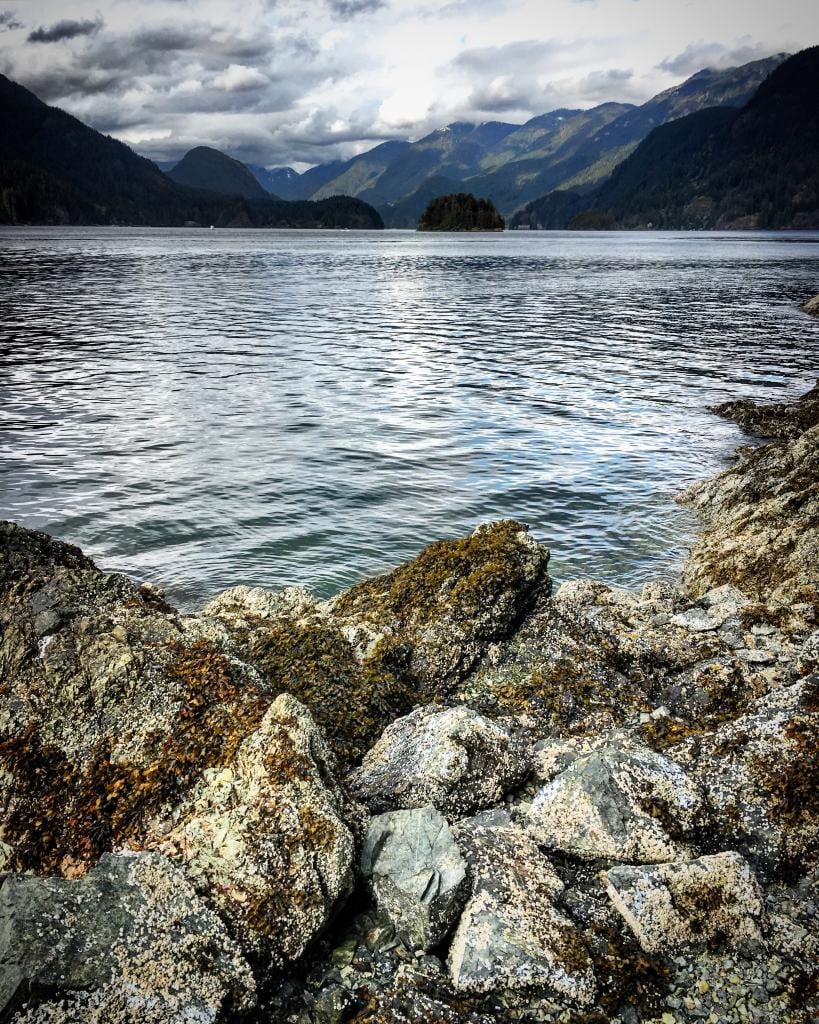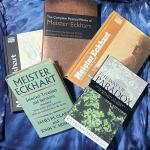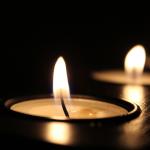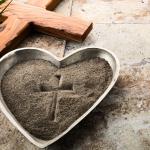It is always strange to return to a place one has inhabited for a time and then left. Like the return of a soldier to a battle field, a lover to a ‘spot’, an adult to a childhood playground or classroom. In our absence, places change, we change.
From 2001 to 2003 I was a proselyting missionary for the Mormon Church (LDS). I was sent, like most missionaries to win converts to the faith, and save the souls of those who might listen. The incentive to work hard was in our mutual salvation.
When I arrived as a 21 year old photography major, I became enamored with the intricacy and beauty of the worlds made by hand in the winding callejones that made up many of the neighborhoods where I taught. I became enamored by the people, their strength and warmth. Though I was not fond of the mission culture and administration, my mission experience planted the many seeds that would blossom in my life as commitments to ecology, social justice, and contemplative prayer.
As a missionary, I did not engage in spiritual warfare like some I knew who sought to counter a dominant Catholic culture, or prove themselves truer than the Evangelicals. I was there to listen. To forge spiritual friendships. Many of those friendships have lasted until today, even though those that I baptized no longer consider themselves Mormon. In many ways what I offered was a path away from alcoholism, or a focus on family rather than a doctrine or dogma and this has shown through in their lives.
I have been back several times since I served, but this time was different; this time I too had left the Mormon Church. Lucky to receive a travel grant to a conference in Florida, I took advantage of my proximity to the Caribbean to book the trip in between my current PhD research. Since my time in the DR, I had gotten a bachelor’s degree in anthropology, two master’s degrees in forestry and theology, started a doctoral program in environmental studies, and become something of a Contemplative Catholic. All things that have changed the way I see religion, landscape and myself. Places change and we change.
As I flew over the Caribbean on my way to Santo Domingo, I wondered how I would feel after so many years away, and having changed so much. When I arrived in the Dominican Republic in 2001, I could not read the cultural or ecological landscapes at even a rudimentary level. Many of my fellow young missionaries were not interested in religious or cultural context. And despite the overwhelming beauty of the Dominican landscape, I had no resources or time to learn about its ecology. Returning now, 13 years later, I was less fluent in Spanish, but more fluent in the cultural landscape of Catholicism, and the ecology of forested and agricultural landscapes.
Meeting a friend at the airport, and driving to the barrios of Santo Domingo, the first thing I noticed was the warmth. The whole island is covered in a blanket of tropical heat that wraps itself around you as soon as you step from the cool stale air of the airport. Driving is a sort of lethal ballet, through which cars, trucks and motorcycles all meander. Entering a small neighborhood callejon in Los Praditos, Santo Domingo on foot, the senses are bombarded. Music, cooking food, people everywhere, dogs, cats, puddles of water. Faces, faces, faces, dark, light, brown; workers, mothers, children, the clatter of dominoes games, rumbling motorcycles, sweeping, yelling, smiling, frowning, curious looks; cement walls in no right angles, murals, ads, rusted corrugated zinc, wires, wires, wires. It is the organic unfolding of hundreds of lives lived on top of one another, without the confining order of a state regulatory system, or building codes. It is the organic poetry and danger of a poverty that refuses to deny itself of dignity, beauty and joy.
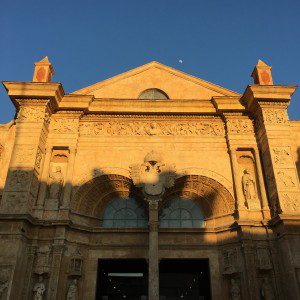
The Dominican Republic was the first settlement of Columbus, and was dedicated to Catholic Saint and reformer Saint Dominic. Dominic with Saint Francis was part of the new orders of Mendicants, who took Europe by storm in the 12 century. The Zona Colonial in Santo Domingo not only houses a massive shrine to Christopher Columbus, but also the oldest cathedral in the New World; a Basilica devoted to Mary, that was completed in 1540. Walking into the Cathedral during a special mass devoted to the national police, I felt a strange ambiguity that often takes hold of me in Churches. The tension between a bloody colonial history and a beautiful and sacred space. I also felt the strange transgression of my protestant sensibilities in the fusion of church and state, national identity and religious identity. If there is an embodiment of this tension, this beauty it is housed in the faces of the nearly 8 million Dominicans that live in the Dominican Republic, a country that is somewhere in size between West Virginia and Maryland. Dominican faces are the beautifully crafted peaks, ridges and valleys of a violent tectonic collision that subducted the black and indigenous, but in doing so mixed them into a stunning variety and beauty.
The fault lines are still active as Dominicans continue to persecute and deport thousands of Haitians from the country. While catching a Guagua (transportation trucks and vans), I noticed a tall beautiful and well-dressed Haitian woman breast feeding her baby. As the guagua prepared to leave, it was made clear that she and her partner would have to ride in the bed of the truck. Not wanting to expose her daughter to the danger of the winding roads, without warning she handed the baby in through the window and sat it on my lap. The baby fussed, I bounced her on my knee, and she settled into silence and stared deeply into my foreign eyes. I was on my way to see the Shine to the Divine Child in Constanza, but here he was in my lap. Here too were all the live tectonic shiftings of colonial violence that play out in the Dominican Republic between Spanish and French Creole, black skin and brown.
Walking through my mission areas in Santiago and Constanza, I was surprised how little of the places I recognized. Many of the neighborhoods had gotten paved streets, or new apartment complexes, but one thing that really stood out was how the wealthy neighborhoods had gotten wealthier, but the poor neighborhoods had changed very little, if at all. In a place like the Dominican Republic capitalism takes on a brutal edge where the rich truly do get richer and the poor stay poor. The current president, Danilo, is very popular and is investing in education; but Dominicans are cynical and numb to the unending broken promises and cycles of corruption and graft.
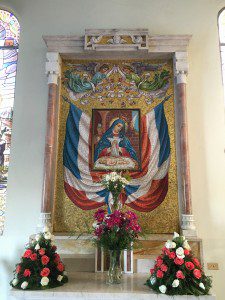
I found out that my trip coincided with two major national holidays, and anticipated a third. January 21 was the Feast day of the National Patroness the Virgin of Altagracia, and January 26 was the birthday of Juan Pablo Duarte, the Dominican Republic’s most important Founding Father. In addition, the streets were busy with preparations for Carnaval. During my two week stay, I was able to visit the Basilica dedicated to Altagracia on her feast day, and climb Pico Duarte days before his nationally celebrated birthday.
The Basilica was brutalist in design, but beautiful in its scale. Thousands of Dominicans lined up to bring their prayers and petitions to the icon (Getting Dominicans to respect a cue was itself a miracle). There was a beautiful palm grove where families sat chattering and eating. We had to wait for the president to leave before we were able to enter the Basilica.
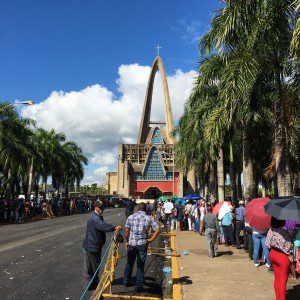
As I started the long trail to Pico Duarte located in the long diagonal mountain range dissects the country I was most certainly not alone. Pico Duarte is located in a massive national park designated by brutal dictator Trujillo in the 1950s. After the long 10 mile hike to the base camp, I was in the company of about 200 Dominicans, who were there to summit the peak near Duarte’s birthday. Camping for Dominicans is very much a communal affair, and reaching the top of the peak is less about contemplation of nature than part of a national identity. I had many wonderful moments of solitude, but the trail was anything but a solitary experience.
Walking the long and winding trails that began in tropical moist forest, and ascended like a stairway into misty pine forests, I fell in love again with the endemic pine tree (Pinus caribaea), whose forests cover over 30% of the country. Counting the whirls of the branches on the dense cluster of surging saplings, I could tell that that Park burned about 15 years before. Most of the stands we walked through had perfectly intact overstories and a healthy recruit of pines in the understory. The thick bark on the trunks meant that the pines are fire adapted. The fires that had ravaged the area not long ago were fading into the memory of the landscape as the young pines reach for the Caribbean sky.
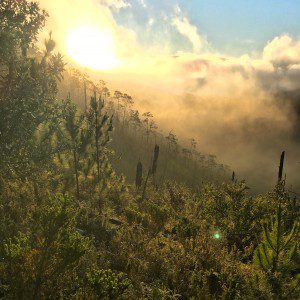
Reaching the top of a long hike, the summit of a peak is always bitter sweet. There is no more path, there is no more up to climb. But the views are always incredible. Hiking for me is very much a metaphor for life. I go through so many emotional moods and phases as I feel discouraged, excited, sad, happy; mad at myself for feeling tired, or annoyed that I am being passed by so many Dominican hikers who don’t hike nearly as much as I do. At the top of the 10,163 foot peak a bust of Duarte greets us, a Dominican flag flies, and clusters of exhausted Dominicans snap groupies and selfies, call loved ones, and hug, and collapse in exhaustion.
As I limped my way out of the park after a third day of knee crunching descent, the sounds and smells of the small Dominican community of La Cienega seeped back into perception. Fields of cash crops that climb up the gentle hillsides abruptly stop at the ridge, where the National Park begins. I felt a renewed love for and commitment to protected areas as part of our spiritual ecologies.
Recuperating in Jarabacoa after the hike, I was awoken by the thumping of a parade outside my hostel. When I went down to investigate, I saw a procession of Dominican flags entering the town Catholic Church. It was Duarte’s birthday, and a Mass with full Dominican Color Guards to honor Juan Pablo Duarte was about to begin. The pride of the nation and its history is seamlessly celebrated within the walls of the Catholic Church. So while Dominican camping was not a spiritual experience of the forest per se, the act of hiking to Duarte was certainly part of a National identity that perhaps resembled the hardship of winning independence from Spain, but that was inseparable from its Catholicism; a contrast to the American experience of independence from both church and state.
As a rebellious teenager, I did not want to serve an LDS mission. But looking back now, even as a former Mormon, I am very grateful that my life collided with the Dominican Republic. The people there, especially the women, have taught me so much about what it means to be human. This certainly won’t be my last visit to the Dominican Republic, but it will always be memorable because of the ways that my inner landscape has changed in relation with the land. Places change and we change. Colonialism radically changed the Dominican Republic whose Taino people are all but extinct. As radically as we change places, places can change us. I think much of my current trajectory was written as a skinny young Missionary in the DR. It was in the Dominica Republic that I first bought a birding book, that I fell in love with trees, that I first thought to pray in silence, even though I had never even heard of Thomas Merton. And while I am certainly more and more wedded to the landscapes of the Pacific West, the tropical beauty of the Caribbean will always be for me a Holyscape.


